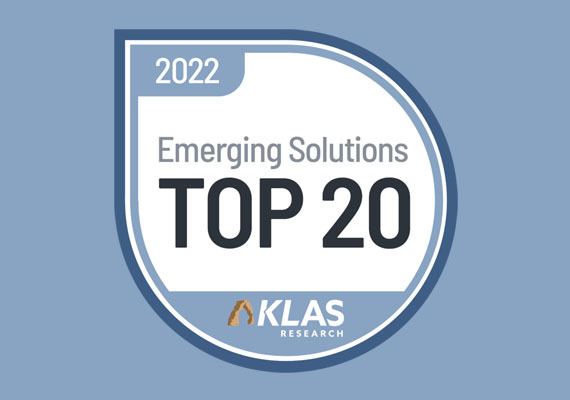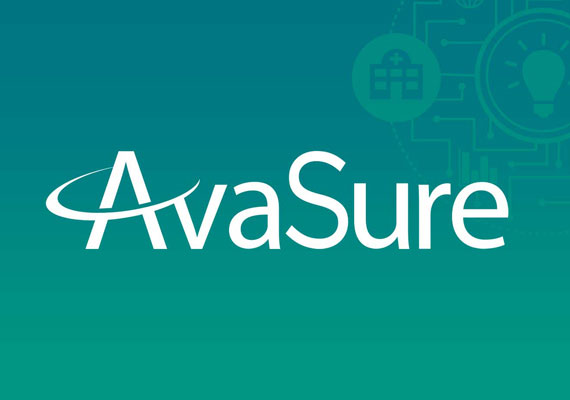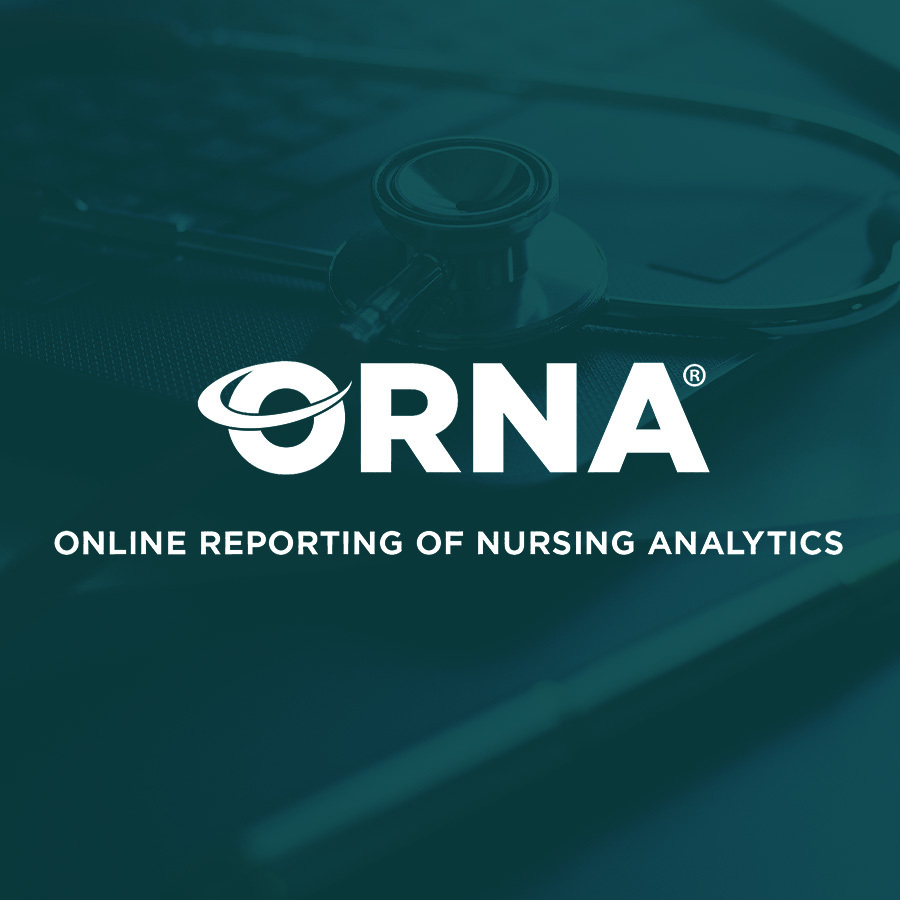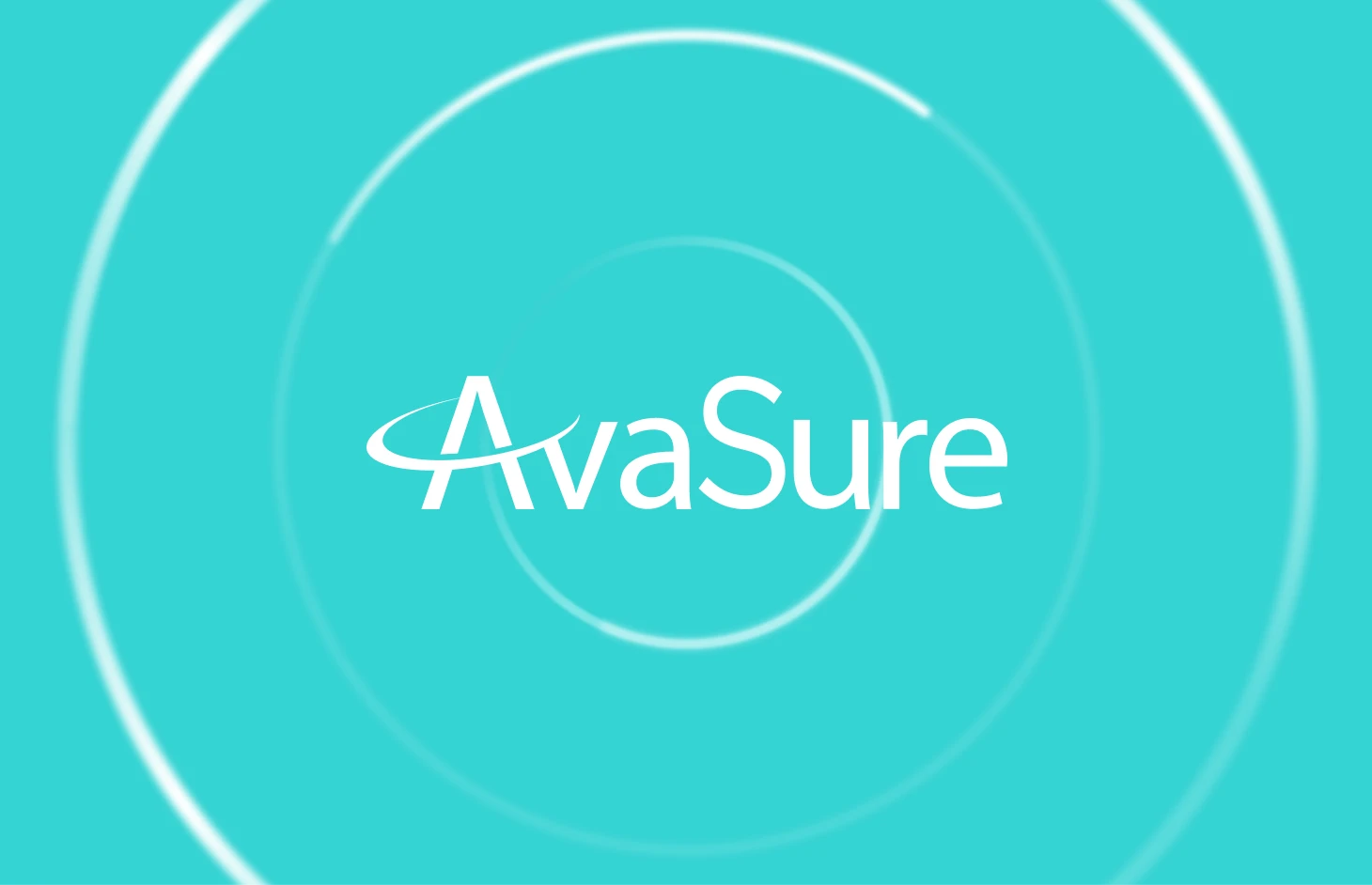Topic: Technology
KLAS Recognizes 2022 Emerging Healthcare Solutions Top 20

“With staffing being one of the biggest issues for operations today, AvaSure makes a lot of sense because it is a force multiplier. Rather than having one sitter watch one patient, a unit can have one sitter watch twelve patients with remote monitoring.”
—Non-customer C-level/executive
This report includes the top 20 emerging solutions that have the greatest potential to disrupt the healthcare market ranked by healthcare leaders across the country
Healthcare executives are overwhelmed by the flood of new technologies in healthcare and can miss an amazing new technology partner because they are lost in the crowd. To solve this problem, KLAS has pulled together a group of provider thought leaders from around the country to help KLAS select the Top 20 Emerging Solutions that are disrupting the healthcare market.
In addition to rating the emerging solutions, our provider thought leaders also gave their input on technology innovation that address the quadruple aim of healthcare; Improve Care and Outcomes, Reduce the Cost of Care, Improve Patient Experience, and Improve Provider Satisfaction.
Read the press release and the KLAS news release to learn more.
New Hardware Options – Get the Latest from AvaSure Experts
AvaSure User Update


Improved Reporting of Adverse Events in ORNA®
AvaSure’s latest software release (Version 1.1.12.X) provides significant new features that improve communication of adverse events and allow key stakeholders to determine which events should be included in ORNA® data and reporting.
Details of suspected adverse events can be reported by monitor staff via the AvaSure TeleSitter® software, which generates emails to assigned administrators, who review the reports to determine whether events jeopardized the safety of patients/staff. Validating adverse events provides more actionable and accurate data for ORNA reports, which lead to improved processes to avert future such events.
Hospital IT is needed to configure the outgoing email server’s Notifications settings. Designated event validator(s) need to be added to the export user group through the AvaSure administrator panel. AvaSure recommends assigning this role to a minimum of two users, which allows more efficient validation in the case of time off or a user changing roles in the organization.
You must also define the adverse events you would like to track and establish them in the notifications setting. By default, assisted and unassisted falls are selected; however, a range of other adverse events can be added.
For more information on this software feature, contact info@avasure.com.
2-Way TeleSitter®
With the advent of two-way video on our 2-way Guardian® devices, AvaSure has been used for a variety of telehealth purposes. Now, new capabilities in our latest software allow monitoring staff and frontline staff to establish instant video communication. Use of this functionality has a number of implications for care delivery:
- By being able to see the monitor staff, nurses are reminded that another set of eyes is always on their patient, which increases staff buy-in for remote safety monitoring, driving up utilization.
- Family members are encouraged seeing there is a real person on the other end of the room unit and can take time off from caring for their loved ones.
- This system helps traumatic brain injury patients who might be disturbed by voice with no video.
Two-way video access for monitor staff is determined by clinical leadership and set in AvaSure Administrator Panel®. Depending on the settings selected in AvaSure Administrator Panel, monitor staff may have the option to toggle two-way video on and off. To find out more about the 2-way TeleSitter® feature or the Guardian® 2-way mobile device contact your AvaSure sales representative or click here.
AvaSure Enhances Online Reporting Software, Allows Like-Hospital Data Comparison

Online Reporting of Nursing Analytics
MUSKEGON, Mich., March 2, 2021 /PRNewswire/ — AvaSure, a leading provider of virtual patient safety monitoring systems, today announced new features of its Online Reporting of Nursing Analytics (ORNA®) software.
ORNA®, AvaSure’s unique comparative database on safety, quality and the experience of care, provides a real-time dashboard for day-to-day clinical triage; hospital-specific data to investigate adverse events; and the ability to run comparison reports with similar hospitals.
The updated software – available early 2021 – allows for comparisons of performance to be more focused, helping to improve outcomes through its TeleSitter® Solution. TeleSitter, an interactive audio/video solution, allows hospitals and other clinical care environments to monitor inpatients to prevent patient harm, protect staff from violent patients and visitors, and enhance nursing resources.
“ORNA® now enables users to run their own comparisons on utilization and alarm rates, and monitor staff interventions and their effectiveness, as well as bedside staff responsiveness,” said Lisbeth Votruba, MSN, RN, chief clinical innovation officer of AvaSure. “Users can compare data with similar organizations nationally or regionally, by market type and filtered by care units or specific groups. This allows the user to educate, evaluate and optimize performance of their TeleSitting program – to see how they stack up relative to similar hospitals.”
Experts Say Telehealth and Virtual Medicine Are the Future of Healthcare

Leaving a loved one for a stay at the hospital can be tough. Are they getting the attention and the care they really need if a family member or a friend isn’t there with them to call the nurse? But through advances in virtual health, West Michigan based AvaSure is working to bring assistance to patients and peace of mind to their families.
Read the full article to learn more.
Breaking the Glass Ceiling in Healthcare Technology is a Slow and Steady Process

For years, women in healthcare technology—in fact, the technology field altogether—were more of an anomaly than the norm. Today, they are still in the minority when it comes to executive leadership in the field but opportunities for women in healthcare technology are increasing. A new generation of technology leaders will continue to push healthcare forward in the years ahead, bringing with them a strong technical background and a potentially different take on addressing current and future issues.
Fawn Lopez, publisher of Modern Healthcare and vice president of Crain Communications, sat down with four female leaders in healthcare technology to discuss the path they’ve taken to get to their current positions as well as the road ahead.
Read the full article to learn more.
Modern Healthcare Feature: Systemness Across the Care Continuum

Systemness can improve the patient experience, lower costs, reduce risk and provide insights into a range of care and management issues. But aligning services and practices across a wide range of facilities, employees and care can be a challenge. There’s no questioning the priority that systemness holds for today’s hospitals and health systems—especially in this era of COVID-19. But what are the perceived benefits and obstacles? And what is needed to continue to move the process forward successfully?
Fawn Lopez, publisher of Modern Healthcare and vice president of Crain Communications, sat down with leaders in healthcare to discuss systemness and the paths they’ve taken in their current positions, as well as the road ahead.
Read the full article to learn more.
With Medical Errors Persisting, Why Aren’t Cost-Effective Safety and Quality Solutions Gaining More Traction?

More than 20 years after the publication of the Institute of Medicine’s seminal report “To Err is Human” — which sought to cut preventable medical mistakes by half — progress toward safer care has been slow. The Agency for Healthcare Research and Quality reports that public and private efforts reduced hospital-acquired conditions by 13 percent from 2014-17, helping to prevent more than 20,000 deaths and saving $7.7 billion in healthcare costs. That’s welcome news, but given that there are as many as 400,000 preventable deaths from medical mistakes each year, we wonder why more health systems aren’t rushing to implement proven safety and quality solutions…
Stuck In the Past
